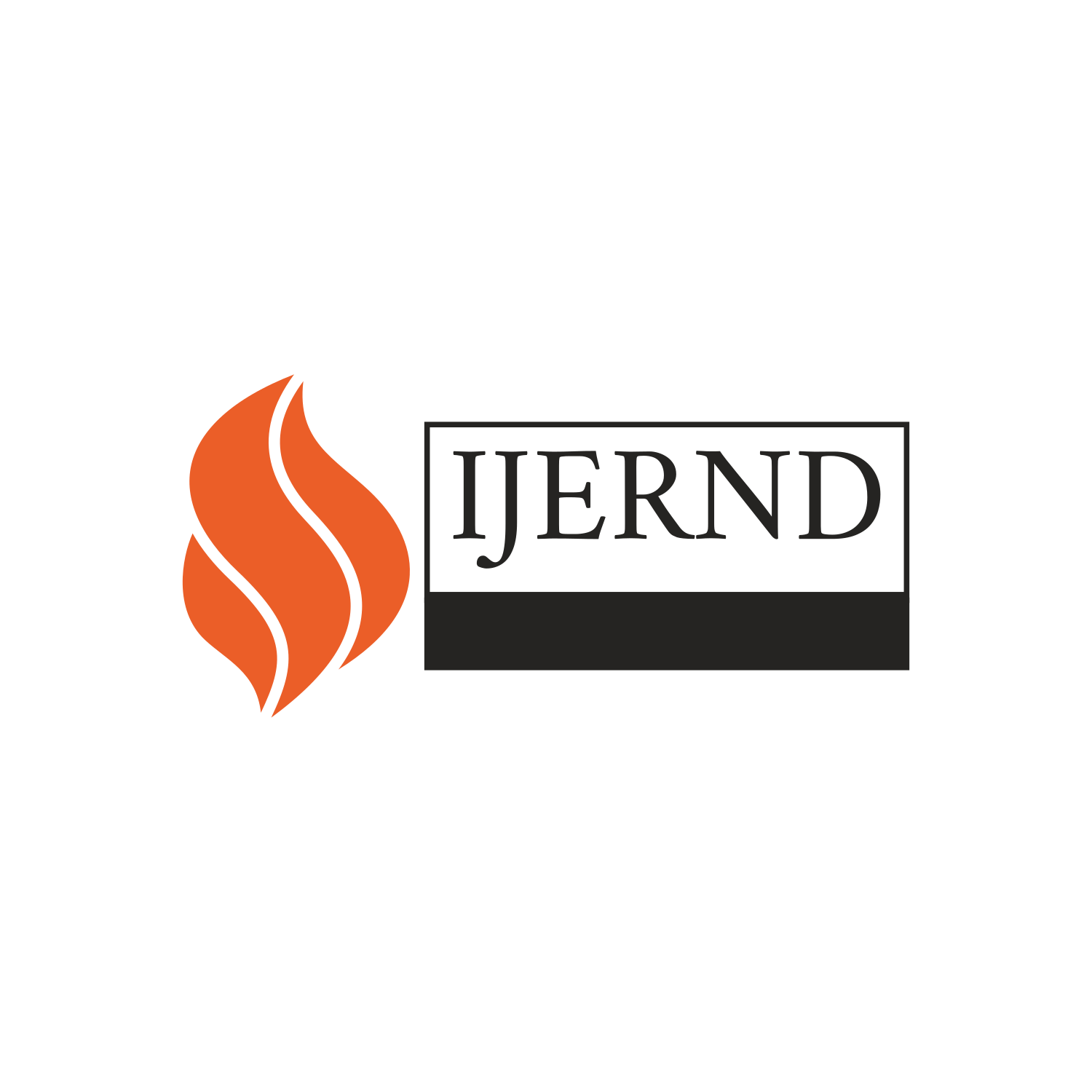A Tamper-Proof Certificate Validation System Using Blockchain Technology
DOI:
https://doi.org/10.1234/catx2h42Keywords:
A Tamper-Proof Certificate Validation System Using Blockchain TechnologyAbstract
This project aims to explore the application of blockchain technology in enhancing the verification and validation processes of digital certificates. As the digital landscape continues to evolve, the need for secure and reliable methods of validating credentials becomes paramount. Traditional methods of certificate verification often face challenges related to security and trust.
The project focuses on leveraging the decentralized and tamper-resistant nature of blockchain to establish a robust framework for digital certificate verification. Through the implementation of smart contracts and cryptographic principles, the proposed system ensures the integrity and authenticity of digital certificates. The blockchain network acts as a distributed ledger, recording and validating certificate transactions across multiple nodes.
Key objectives of the project include designing a user-friendly interface for certificate submission and verification, implementing secure cryptographic techniques for digital signatures, and integrating smart contracts to automate the validation process. The project also explores the potential scalability and efficiency benefits of blockchain technology in handling large-scale certificate verification scenarios.
Through this endeavor, this project aims to contribute to the advancement of secure credential verification systems, addressing the challenges associated with traditional methods. The project aligns with the broader goals of enhancing digital trust and security, offering a practical and innovative solution for validating digital certificates using cutting-edge blockchain technology.
Index Terms
Blockchain technology, Digital certificates, Verification processes, Validation processes, Decentralization, Tamper-resistance, Smart contracts, Cryptographic principles, Distributed ledger, User-friendly interface, Cryptographic techniques, Digital signatures, Scalability, Efficiency, Credential verification systems, Digital trust, Security, Innovation.






